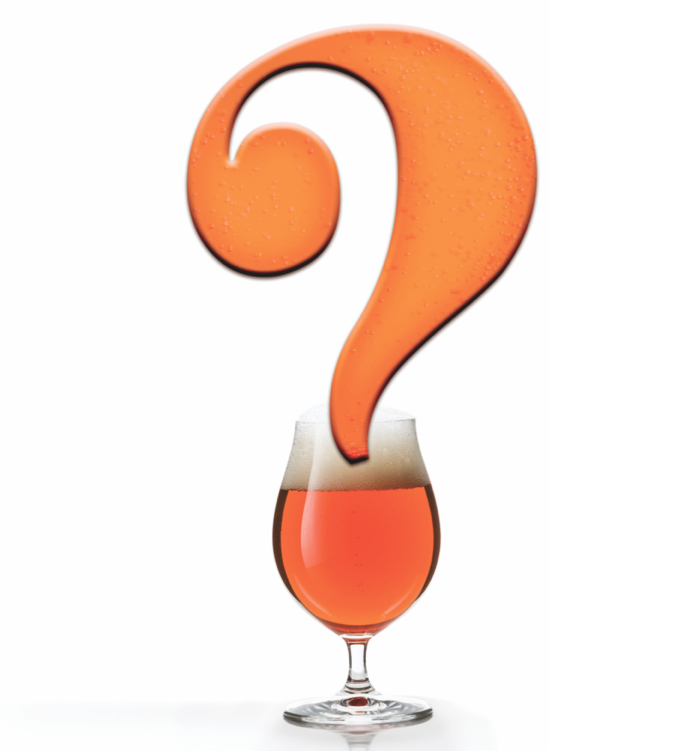Storability of Counter-Pressure Filled Bottles
Q: How long does homebrew bottled by a counter-pressure filler remain good?
A: This is the question that every brewer who bottles their beer wants answered, and the answer depends on your bottling techniques. When carbonated beer is bottled, the shelf-life clock starts ticking. With very few exceptions, dissolved oxygen increases when beer is transferred to a bottle. Even commercial brewers with the most modern fillers equipped with bottle pre-evacuation features constantly worry about oxygen pick-up at the bottle filling stage. Oxygen is public enemy number one when it comes to beer stability, be it bottled or kegged beer. Most counter-pressure fillers are designed so that carbon dioxide can be purged through the fill tube and out of the top of the bottle prior to filling. This helps reduce the oxygen in the bottle and oxygen pick-up during filling. During filling it really helps to minimize splashing, because beer foams when splashed and also picks up more oxygen. Most counter-pressure fillers have long fill tubes that extend to the bottom of the bottle and this minimizes splashing.
Once the beer has been gently transferred to the bottle, the fill tube is removed and the bottle prepared for capping. This step is critical. The idea is to get the beer to controllably foam so that the air in the bottle headspace is displaced with foam and only then is the bottle capped. This is easier said than done. Sometimes the beer sits in the bottle and does not foam and other times it gushes out of the top like a geyser at Yellowstone. I like the former situation because it is easy to make beer foam, either by knocking the bottle on the counter or by rapping gently on the side with a plastic screwdriver handle. Geysers can be avoided by properly cooling your beer prior to bottling.
The last protective measure to ward off oxygen pick-up is to use bottle caps with an oxygen-absorbing liner. These caps can make a good system better, but are not able to prevent oxidation without these other preventive measures in place. Beer bottled using a counter-pressure filler under ideal conditions should remain fresh for at least two months and typically will stay fresh for four months. This is assuming the beer is kept cool or cold, is unfiltered and is not some high-alcohol behemoth — these giant beers will last much longer and some of the changes brought about by aging affect these beers in a positive way. In general, darker beers have a better shelf-life than light beers because compounds responsible for beer color are also play an anti-oxidant role. The most difficult beers to bottle are the really light styles like Pilsners and American-style lagers. If bottled improperly, these lighter beers can show signs of oxidation within days of bottling, especially if stored warm.



